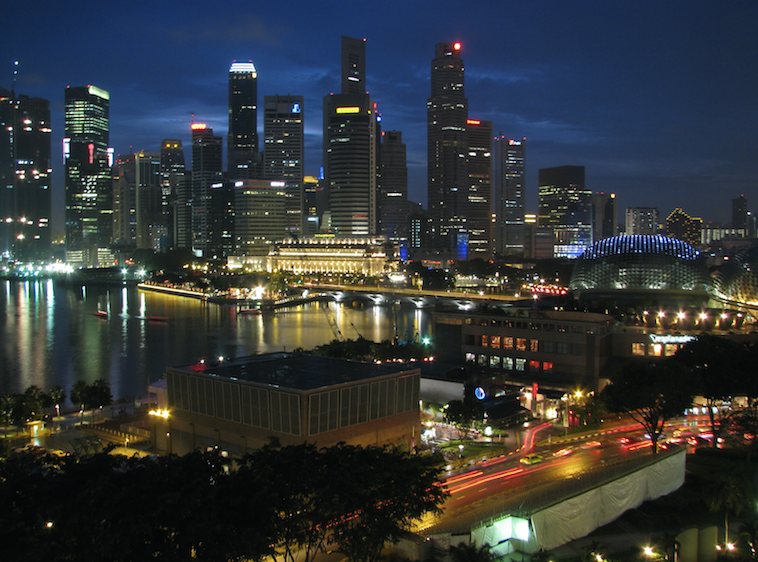Code Green Solutions


The 2015 Index highlighted Singapore for its demonstrated leadership in green building certification.
In 2013 Baker & McKenzie’s Global Real Estate Practice Group (BMGREPG) formed a Global Sustainability Subcommittee to identify key drivers and obstacles in sustainability decision-making within the built environment. This past December, the Subcommittee released the Global Sustainable Buildings Index 2015: A look at the Sustainability Landscape Across 16 Countries. This index provides a platform for discussion concerning sustainability in the built environment, and provides detailed comparisons of how regions globally implement and enforce regulations in order to improve energy efficiency.
The index measures nine contributing topics, based on a qualitative assessment of merits within jurisdictions. Green Certification, Energy Performance Certificates and Minimum Energy Standards, Incentives for Green Retrofit, CO2 and Energy Targets, Renewable Energy, Regulation, Financing, Planning and Green Leases were all measured and thoroughly detailed. The index does not critique the merits of each jurisdiction’s sustainability efforts, but attempts to establish the extent and diversity of legislation, ideas, and innovation. This tabular graph details an overview of results:
Taking these nine topics into consideration, a map was produced illustrating the overall “greenness” of each jurisdiction, as outlined below. For this inaugural edition 16 jurisdictions were included spanning across the Pacific, Europe, North America and areas in between. Countries included are: Singapore, Germany, United Arab Emirates, Brazil, Canada, Italy, China, France, Spain, Czech Republic, Mexico, Australia, Hong Kong, United States, United Kingdom, and The Netherlands.
Baker & McKenzie plan to cover additional geographic areas in future editions, hopefully incentivizing new jurisdictions to advance their green credentials prior to assessment. Previously assessed jurisdictions will have the opportunity to improve their scores
Under Green Certification, the index considered the presence, and market adoption of a nationally recognized standard for the certification of buildings
With the economic benefits and enhanced reputation driven by energy efficient buildings, it is not surprising that every country surveyed has some form of green certification standard in place. The report notes that while the wide variety of certification programs discovered may point toward the use of universal standard as an appealing opportunity for multinational investors, localized standards are often more appropriate as they have the capacity to reflect regional priorities and circumstances.
The report also found that a majority of current green assessment standards are voluntary programs created by NGOs, and much more broadly applied in developed countries. Mexico, for example, received the lowest rating of assessed countries, based in part on the fact that only 12 buildings have achieved certification through the country’s primary rating program.
On the other end of the spectrum, Singapore was highlighted for its demonstrated leadership in green building certification. With a target of reaching 80% “Green Mark” (the local green building certification standard) building stock by 2030, basic certification is now required for many buildings in the country. Singapore is the only country that attained a dark green rating within the index.
Baker & McKenzie anticipate that future editions of the index will report greater adoption of green certification standards, and building owners further recognize the benefits of moving to a more sustainable means of development. It will certainly be of interest to see how these ratings change over time, which jurisdictions might rise or fall, and what countries will come out ahead or be left behind.
For more information read the full report: Global Sustainable Buildings Index 2015: A look at the Sustainability Landscape Across 16 Countries.